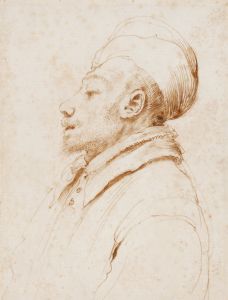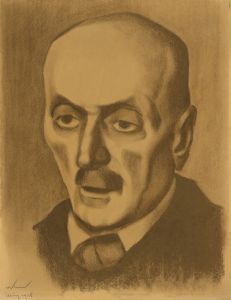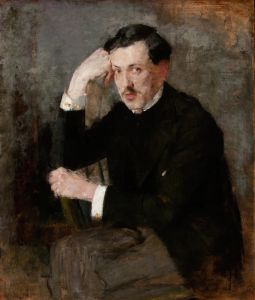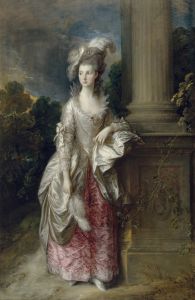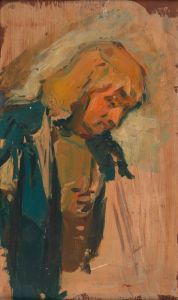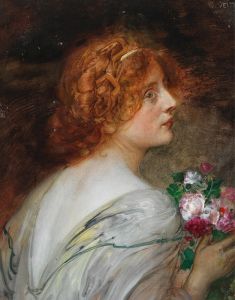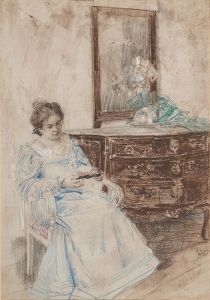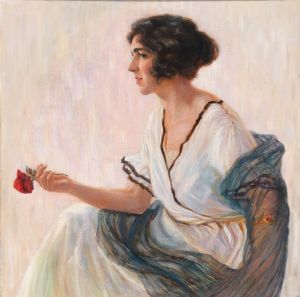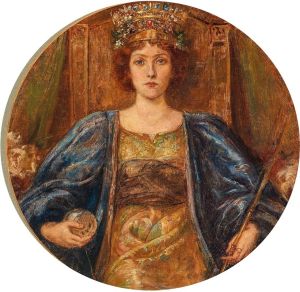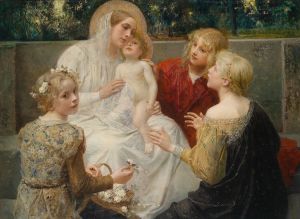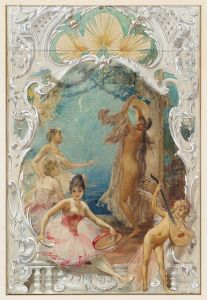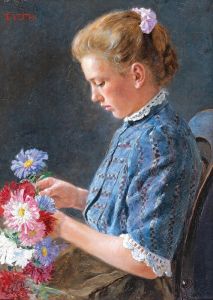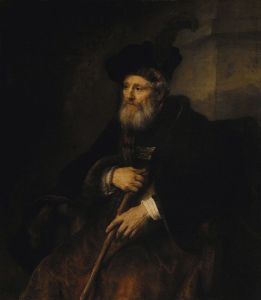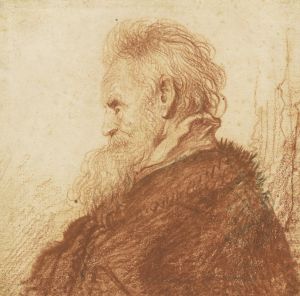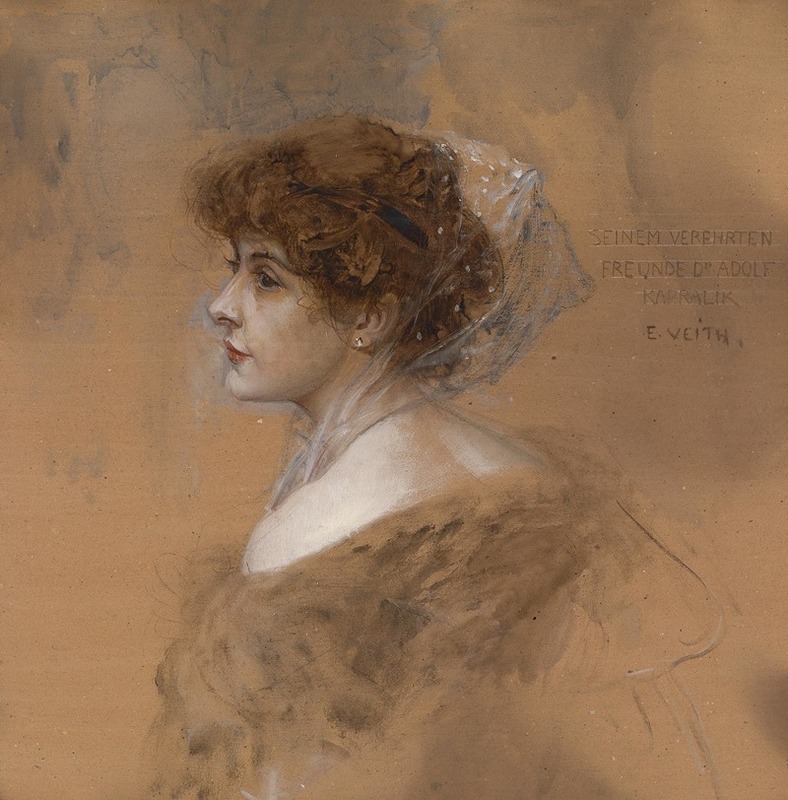
Dreiviertelporträt einer jungen Frau
A hand-painted replica of Eduard Veith’s masterpiece Dreiviertelporträt einer jungen Frau, meticulously crafted by professional artists to capture the true essence of the original. Each piece is created with museum-quality canvas and rare mineral pigments, carefully painted by experienced artists with delicate brushstrokes and rich, layered colors to perfectly recreate the texture of the original artwork. Unlike machine-printed reproductions, this hand-painted version brings the painting to life, infused with the artist’s emotions and skill in every stroke. Whether for personal collection or home decoration, it instantly elevates the artistic atmosphere of any space.
Eduard Veith was an Austrian painter known for his contributions to portraiture and decorative art in the late 19th and early 20th centuries. One of his notable works is "Dreiviertelporträt einer jungen Frau," which translates to "Three-Quarter Portrait of a Young Woman." This painting exemplifies Veith's skill in capturing the elegance and poise of his subjects, a hallmark of his portrait work.
Veith was born on March 30, 1858, in Neutitschein, which was part of the Austrian Empire at the time and is now known as Nový Jičín in the Czech Republic. He studied at the Academy of Fine Arts in Vienna, where he honed his skills in painting and developed a style that combined elements of realism with a delicate touch of idealism. His education and artistic environment in Vienna, a hub for the arts during this period, greatly influenced his work.
"Dreiviertelporträt einer jungen Frau" is characteristic of Veith's portrait style, which often focused on the upper body and face of the subject, allowing for a detailed depiction of facial expressions and attire. This approach not only highlights the physical attributes of the sitter but also offers a glimpse into their personality and social status. The three-quarter view is a traditional pose in portraiture, providing a sense of depth and dimension while maintaining an intimate connection with the viewer.
Veith's portraits are noted for their attention to detail and the use of light and shadow to create a lifelike representation. In "Dreiviertelporträt einer jungen Frau," these techniques are employed to emphasize the textures of the clothing and the softness of the skin, adding to the realism and allure of the painting. The choice of colors and the subtlety of the brushwork reflect Veith's mastery in creating a harmonious and aesthetically pleasing composition.
Throughout his career, Eduard Veith received numerous commissions from the Austrian aristocracy and bourgeoisie, which helped establish his reputation as a leading portrait artist of his time. His ability to capture the essence of his subjects made his work highly sought after, and he became a prominent figure in the Viennese art scene.
In addition to portraits, Veith also worked on large-scale decorative projects, including murals and ceiling paintings, which further showcased his versatility as an artist. His contributions to both portraiture and decorative art have left a lasting impact on the art world, particularly in Austria.
Eduard Veith passed away on March 18, 1925, in Vienna, leaving behind a legacy of artistic excellence. His works, including "Dreiviertelporträt einer jungen Frau," continue to be appreciated for their technical skill and the insight they provide into the cultural and social milieu of his time. While specific details about the painting's provenance or current location may not be widely documented, it remains an important example of Veith's contribution to portrait art.





